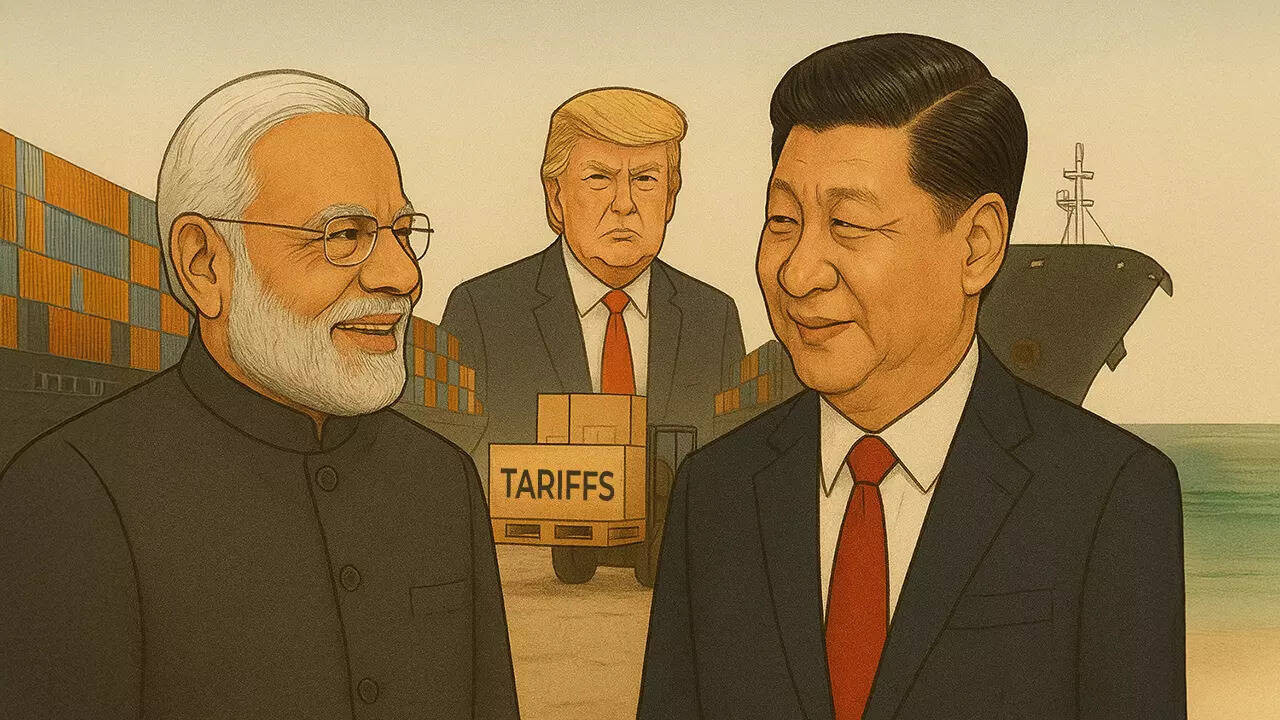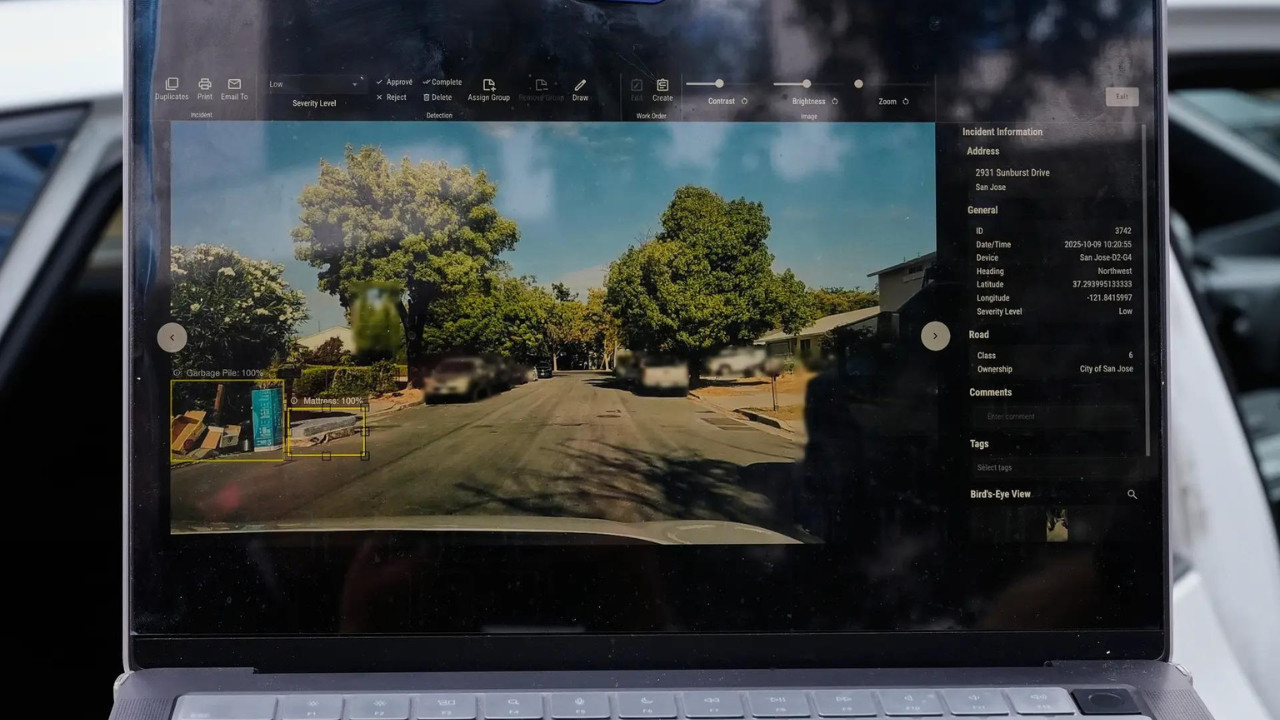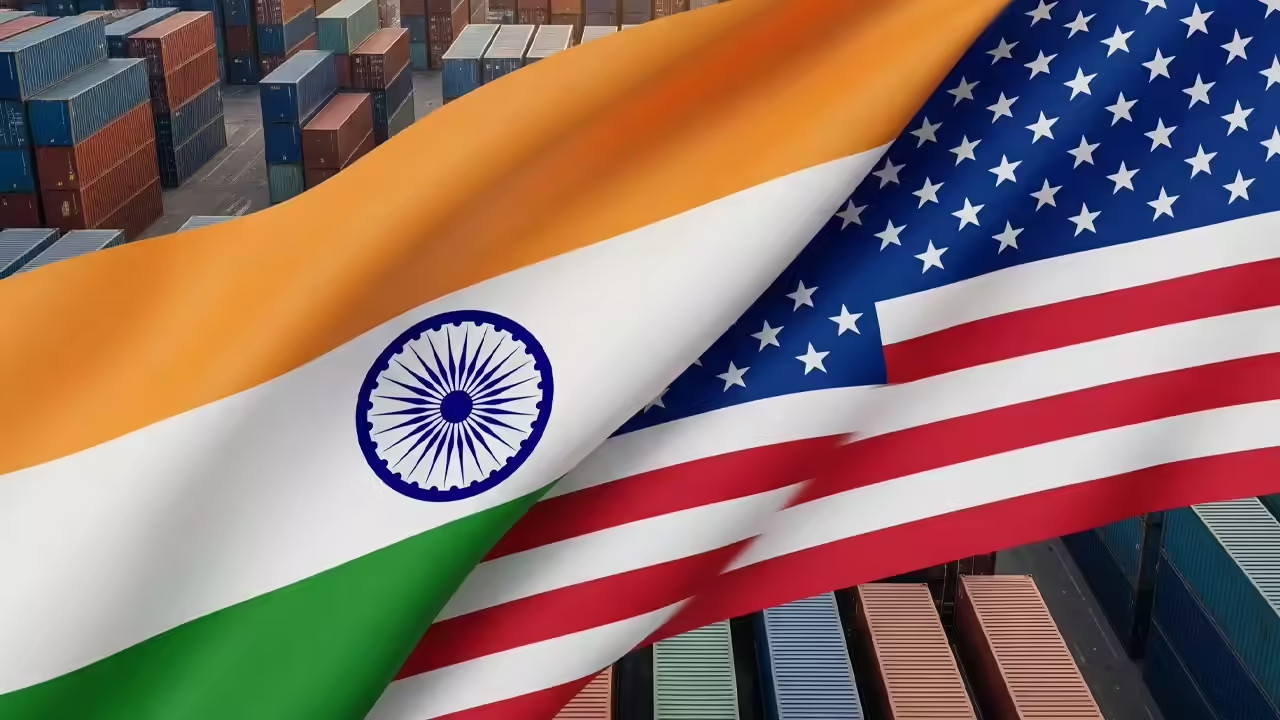US President Trump’s tariff war is inadvertently pushing India and China closer, focusing on strengthening trade ties after strained relations. In March, China initiated diplomatic communications, with President Xi Jinping expressing concerns about US deals.
Bridge Over Troubled Waters: How a Secret Letter May Have Shifted India-China Relations
The geopolitical landscape is rarely static. Alliances shift, tensions rise and fall, and unexpected events can trigger dramatic changes. It seems a similar dynamic may have played out recently between India and China, two nations whose relationship has been, shall we say, complex. Whispers are circulating about a carefully crafted letter from China’s President Xi Jinping to then-US President Donald Trump, a missive that seemingly contained more than just diplomatic pleasantries – it may have indirectly fostered a thaw in relations between New Delhi and Beijing.
For years, the shadow of border disputes, trade imbalances, and strategic competition has loomed large over India-China ties. Remember the Doklam standoff or the more recent skirmishes in the Galwan Valley? These events understandably fueled skepticism and distrust. And then there’s the ever-present reality of the United States, a major player in the Indo-Pacific region, whose own relationship with China has seen its share of turbulence.
But let’s rewind a bit. During Trump’s time in office, a significant trade war erupted between the US and China. This wasn’t just about tariffs; it was a clash of economic philosophies and a battle for global dominance. Facing mounting pressure, Beijing apparently sought avenues to de-escalate the situation, and it appears President Xi’s letter to Trump was one such avenue.
Now, here’s where the intrigue deepens. The letter, though addressed to Trump, reportedly emphasized Xi’s desire for a peaceful resolution to global trade issues and subtly praised Trump as a potential “peacemaker.” While the full contents remain shrouded in secrecy, the underlying message was clear: China wanted to avoid a prolonged and damaging trade war.
But what does this have to do with India? Analysts suggest that China, feeling increasingly isolated due to the US trade war, may have sought to stabilize its relationships with other major powers, including India. A stable, or even slightly improved, relationship with India would reduce pressure on multiple fronts.
Think of it as a game of three-dimensional chess. China, preoccupied with its trade conflict with the US, needed to ensure that its other relationships weren’t actively deteriorating. By signaling a willingness to engage in dialogue and address India’s concerns, China may have hoped to prevent further escalation of tensions along their shared border and create a more stable regional environment.
<img src="image-of-indian-and-chinese-flags.jpg" alt="Flags of India and China, representing the complex relationship and potentially improved India-China relations.” width=”600″ height=”400″>
Moreover, some believe that China saw an opportunity to subtly push back against US influence in the region. By fostering better relations with India, China could present itself as a more cooperative and less confrontational actor, potentially weakening the US narrative of China as a global aggressor. This isn’t to say that China suddenly abandoned its strategic goals, but rather that it adjusted its tactics in response to the changing geopolitical landscape.
Have we seen concrete evidence of improved India-China relations in the wake of this supposed letter? It’s difficult to say definitively. However, there have been instances of dialogue and diplomatic engagement between the two countries. While the border disputes remain a significant challenge, the level of rhetoric has cooled down somewhat in comparison to the height of the Galwan Valley clashes. Perhaps this represents the benefit of consistent high-level dialogue.
The situation between India and China is far from simple, and many factors influence their relationship. It’s a complex dance of diplomacy, strategy, and national interests. The alleged secret letter from Xi Jinping to Trump may only be one piece of the puzzle. Nonetheless, this event serves as a potent reminder of how interconnected the world truly is. Actions in one corner of the globe can have unexpected ripple effects far beyond their immediate scope. As the two most populous nations on Earth navigate their intertwined future, any effort toward peace and stability has enormous implications. You might also find our piece on the [growing economic ties between India and Southeast Asia](https://example.com/india-asean-trade) relevant to this discussion of regional dynamics.
Ultimately, the future of India-China relations remains uncertain, but this possible instance of diplomatic maneuvering underscores the critical need for careful and informed analysis of the ever-evolving geopolitical landscape. This entire episode raises a key question: Can dialogue and diplomacy pave the way for a more peaceful and prosperous future in the Indo-Pacific region, regardless of the origin of that dialogue?







